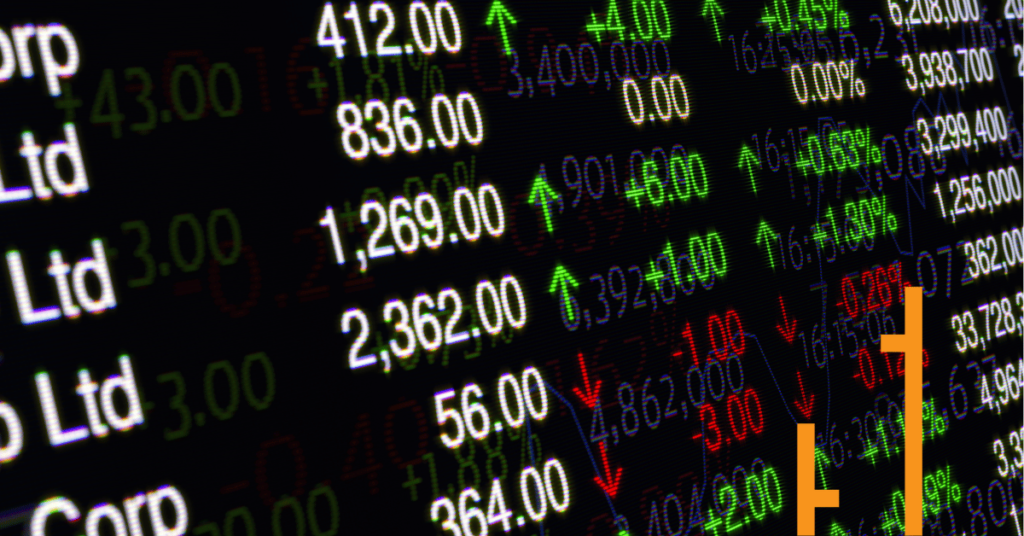
Trade War Debate
Although it is impossible to know which piece of fundamental information is driving markets, the Trade War debate is likely to be right in the mix at the moment and it could affect market performance over the medium term.
Citing the need to protect National Security, President Donald Trump has signed off on plans to impose tariffs on steel and aluminium imports, and in his own words, ‘for a very long period of time’.
Trade Policy
It is part of Trumps ‘America First’ trade policy that he’s been pushing since the beginning of his Presidential campaign.
So it’s not new news, although him actually actioning his rhetoric is new news!
The policy assumes that America is big enough and powerful enough to close its doors. Yet many would say, arrogant enough to think other countries will not react with a similar heavy handed approach.
The Great Depression
The Great Depression is now becoming a talking point in regards to the ‘America First’ policy. Before the 1930’s, America’s trade policy was set by Congress without negotiation.
Yet, with the Depression in full swing, U.S lawmakers introduced protectionist policies that raised duties on imports. Called the ‘Smoot-Hawley Tariff Act of 1930’ President Herbert Hoover signed off the policy. It ended up raising tariffs on more than 20,000 products.
Although the Act was meant to ease the effects of the depression by protecting American industries, it actually prolonged it.
Since then, future agreements moved away from protectionism, and have been based around reciprocity and open trade policies.
Back to the 1930’s
Yet here we are with a President in 2018 that has now gone back to the 1930’s. The US have also withdrawn from the Trans-Pacific agreement. This has denied American exporters access to major Asian markets, especially China, and is already having a negative impact on some American businesses.
Trump is also trying to renegotiate the North American Free Trade Agreement. He is assuming he can act without consequences, whereas history has told us that this will not work.
So the scene is set for a destabilising of global markets, depending on how far the administration goes with the strategy. Plus how affected foreign countries retaliate with their own hefty tariffs on U.S products.
Should we worry?
Yes.
The United States’ main trading partners, Canada, the EU, Mexico, China, Brazil and Japan are already weighing up countermeasures. And the end result may not be pretty. This may be the catalyst that takes bullish U.S markets into a cooling off phase.
If U.S markets sneeze, other global economies will catch a cold. We will be keeping a very close eye on the situation over the coming months. Keep an eye on the Global Chart Research, if interested.


